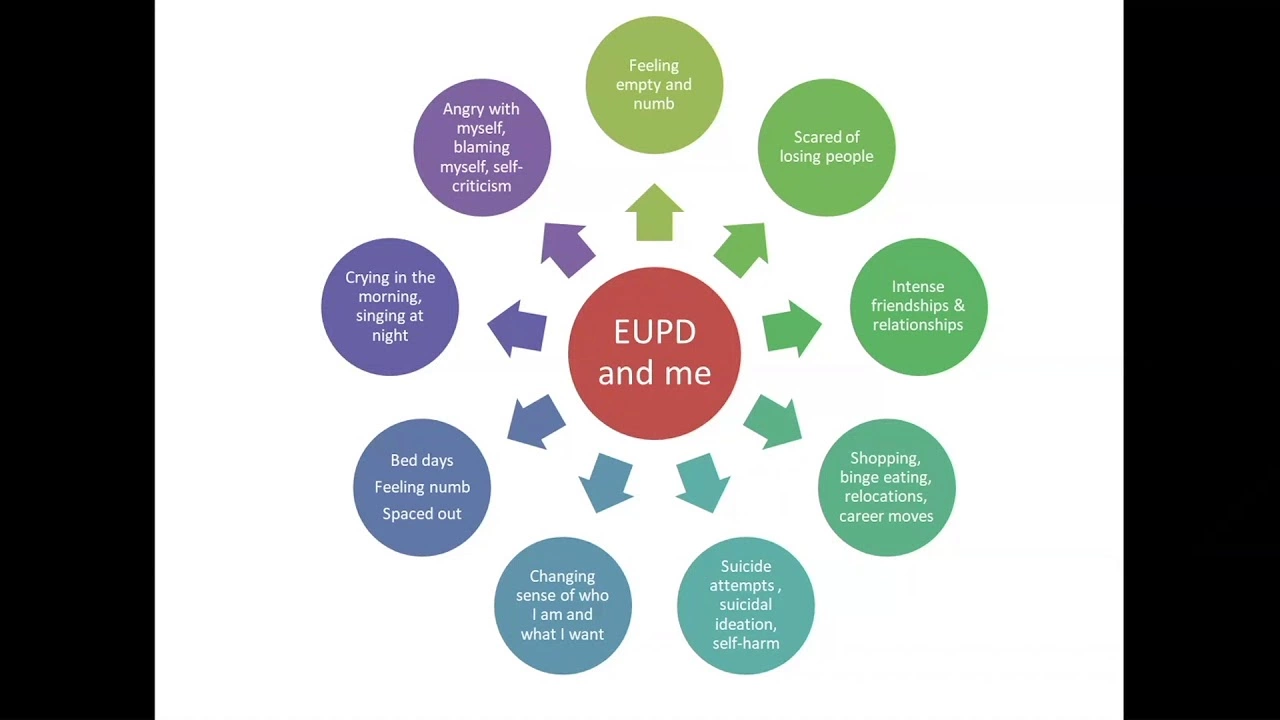Coping Strategies: Easy Ways to Manage Stress and Boost Resilience
Life throws curveballs – work pressure, family drama, unexpected bills – and it’s normal to feel overwhelmed. The good news? You don’t need a miracle cure; a handful of practical coping strategies can keep you steady when things get rough.
Quick Daily Coping Techniques
Start with the basics. A five‑minute breath break in the morning resets your nervous system and sharpens focus. Try inhaling for four counts, holding for four, then exhaling for six. It feels simple but drops cortisol fast.
Next, move your body. Even a short walk around the block releases endorphins that lift mood instantly. If you’re stuck at a desk, stand up, stretch arms overhead, and roll shoulders – those tiny motions break tension before it builds.
Journaling isn’t just for writers. Write down three things that went well today or note what’s bothering you. Putting thoughts on paper stops them from looping in your head and gives you a clearer view of what you can actually change.
Long‑Term Resilience Practices
Building resilience takes time, so treat it like a habit. Schedule weekly “reset” moments – maybe a yoga class or a hobby that makes you lose track of time. Consistency signals to your brain that stress isn’t permanent.
Social support is another pillar. Call a friend who listens without judging, or join an online community focused on mental well‑being. Sharing struggles reduces the sense of isolation and often brings fresh ideas for handling tough spots.
If negative thoughts keep crashing in, try cognitive reframing. When you catch yourself thinking, “I can’t handle this,” replace it with, “I’ve dealt with hard things before; I’ll figure this out step by step.” Over time that switch becomes automatic and cuts anxiety short.
Finally, watch what fuels your stress. Limit news scrolling to 15 minutes a day, cut down caffeine if you’re jittery, and make sleep a priority. Small lifestyle tweaks create a stronger foundation for all the coping tools you practice.
Remember, coping isn’t about avoiding problems; it’s about giving yourself the mental space to respond wisely. Pick one technique from this list, try it today, and notice how quickly your mood shifts. Add another tomorrow – before long you’ll have a toolbox full of strategies that keep life’s pressures in check.
Understanding Cabergoline Withdrawal: Symptoms and Coping Strategies
In my latest blog post, I delve into the complexities of cabergoline withdrawal, a process often experienced by individuals who stop this dopamine receptor agonist medication. I further explain the various symptoms associated with this withdrawal, which can range from nausea to psychosis. I also share valuable coping strategies to handle these symptoms, such as seeking medical advice and practicing mindfulness. Keeping yourself informed and prepared can ease the process significantly. Remember, it's important to consult with a healthcare professional before making any changes to your medication regimen.
© 2025. All rights reserved.

